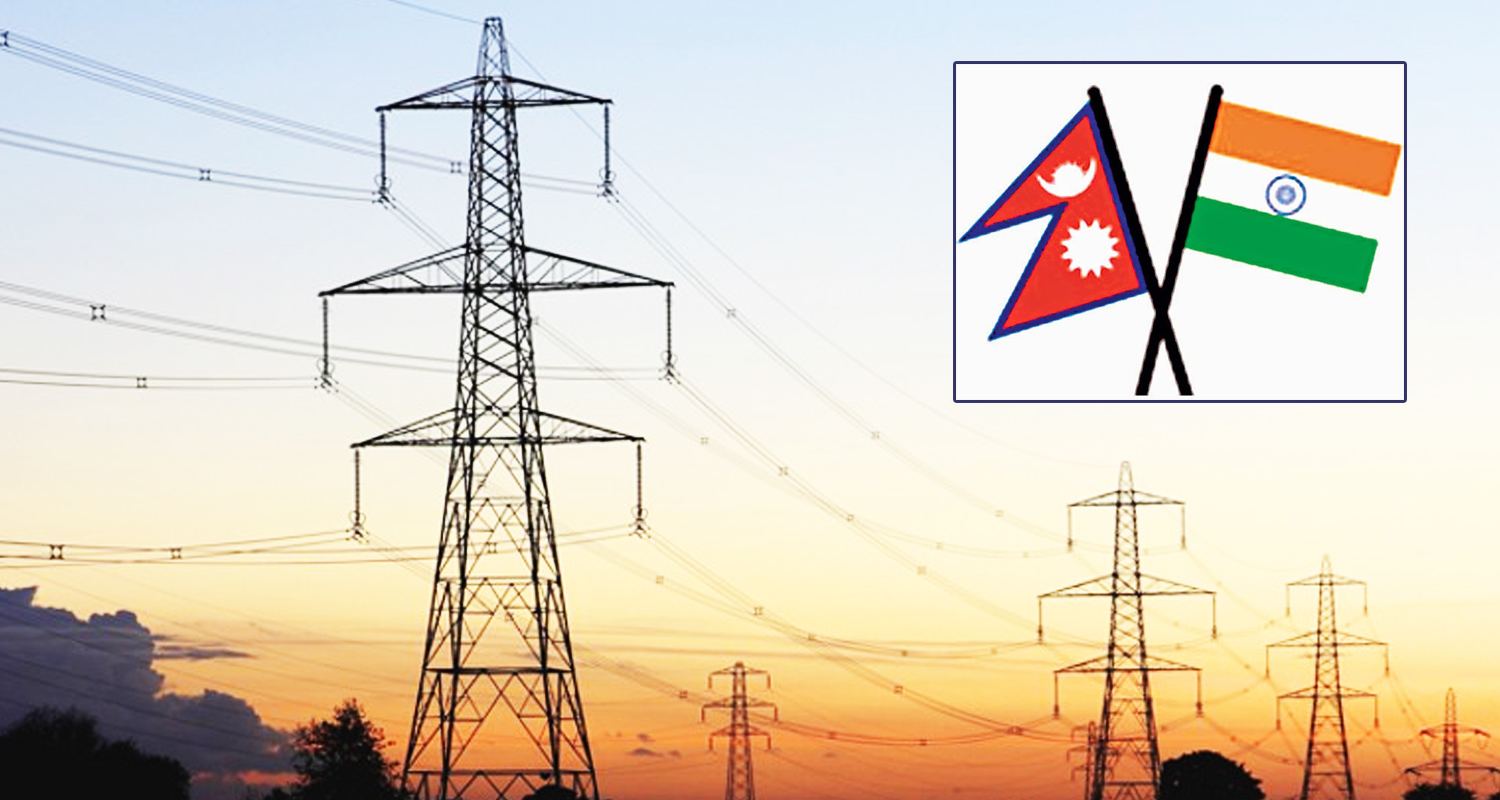
Kathmandu; Nepal will be selling an additional 180 MW of electricity to India from Wednesday mid-night as the country in this regard gave go ahead to Nepali authority.
According to an official of the Nepal Electricity Authority (NEA), India’s Cabinet meeting has decided to purchase additional electricity from Nepal. “With the Cabinet’s decision, India’s Central Electricity Authority has asked the NEA to take forward the process in the line.”

As of now, India has permitted Nepal to sell only 452 MW of hydroelectricity produced from 10 different projects by using the Dhalkebar-Muzaffarpur cross-border transmission line during the rainy season. In the new development, the transmission line now supplies an additional 110 MW of electricity to India.
Nepal will be selling 110 MW of electricity produced from Solu Khola (Dudh Koshi) and Dordi Khola hydropower projects to India. The Indian authority is said to sell this electricity to Haryana.

Likewise, the remaining 70 MW will be supplied through 132 KV Tanakpur-Mahendranagar transmission lines. Nepal will supply this amount of electricity produced by Upper Kalanga Gad and Chameliya hydropower projects.
Last year, from June to December, Nepal sold electricity worth Rs 11 billion to India. On failing to export adequate amounts of electricity, the country has been facing wastage of around 500 MW of electricity on a daily basis.
Nepal has aimed to produce 15,000 MW of electricity by 2030. On the other hand, India has set a target of achieving zero carbon emissions by 2070. For this purpose, the use of renewable energy is necessary.